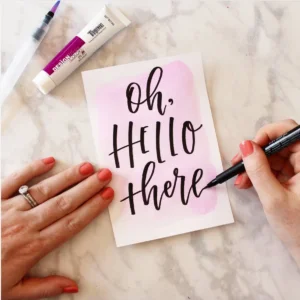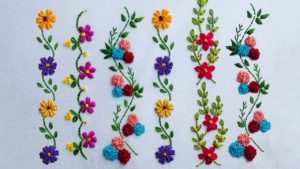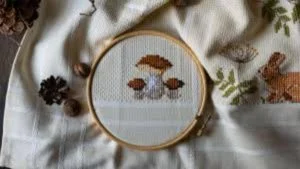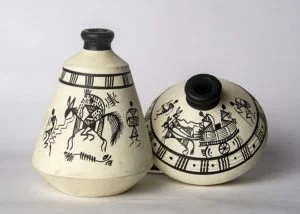Calligraphy, hand-lettering, and typography- are these words interchangeable? If not, how do we differentiate between them? If these questions keep bothering you, we have got your back! This article will clear your doubts. We have also sprinkled in some tips and sources to help you smoothly enter the world of these art forms.
Calligraphy, typography, and hand-lettering all deal with letters. It is the common thread tying them together. However, the differences arise when we learn their techniques and their uses in the creative field.
Computer software performs even the most trivial tasks for us. What a comfortable time to live in!. But like two sides of the same coin, there are some flaws. Our communicative nature has taken a hit. However, the revival of calligraphy and the innovations of new writing styles are a blessing.
We are aware that writing is one of the most intimate ways of conveying feelings. Our ancestors have put efforts throughout history to communicate in the best way possible. Calligraphy, hand-lettering, and typography are the fruits of these efforts.
If we go through a timeline, the oldest technique among the three is
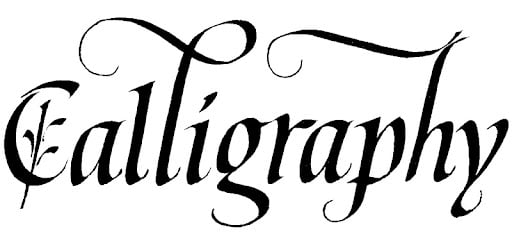
The word Calligraphy has a Greek origin. The Arabic, Asian and Western styles are popular and still relevant. It has evolved as an important mode of communication. Even during the emergence of the printing press era, calligraphy had its roots deep in the ground. It is an art that thrives on skill and patience.
Tools used in calligraphy
A calligrapher makes use of pressure-sensitive tools. These instruments will give you the characteristic thick and thin lines of calligraphy on paper. The tools used in calligraphy are fountain pens, nibs with holders, and brushes. If you are a regular on Pinterest, you must have seen the use of brush pens for making beautiful writing pieces. The use of brush pens by calligraphers falls within the scope of modern calligraphy.
Which leads us to the question- “How do we define traditional and modern calligraphy?”
Traditional calligraphy is done using calligraphy pens, brushes, and fountain pens. It has rules and restrictions like Spencerian and Copperplate styles. On the other hand, modern calligraphy makes use of contemporary tools like Brush pens. It gives you scope to deviate from the rules of traditional calligraphy.
Technique
- The brush used in calligraphy will give a thick line while going downwards.
- This is due to the pressure applied by the hand on the brush.
- While going upwards, the pressure by the hand decreases
- As a result, thinner lines are formed.
In the case of brushes, their bristles spread while going down and give a thicker line. The bristles come together while going upwards due to receding pressure giving a thinner line.
- The chisel nib represents classic calligraphy.
- The thick side gives a thicker line
- When used by the corner, a thin line is formed.
Above all, a calligrapher needs to follow the rules of calligraphy to give a consistent result. Having said that, there is tremendous room for creativity in modern calligraphy. If you are searching for an art form that is great for beginners, the next section is for you. Hand-lettering offers enormous creative freedom.
The drawing of alphabets is the core of the art of
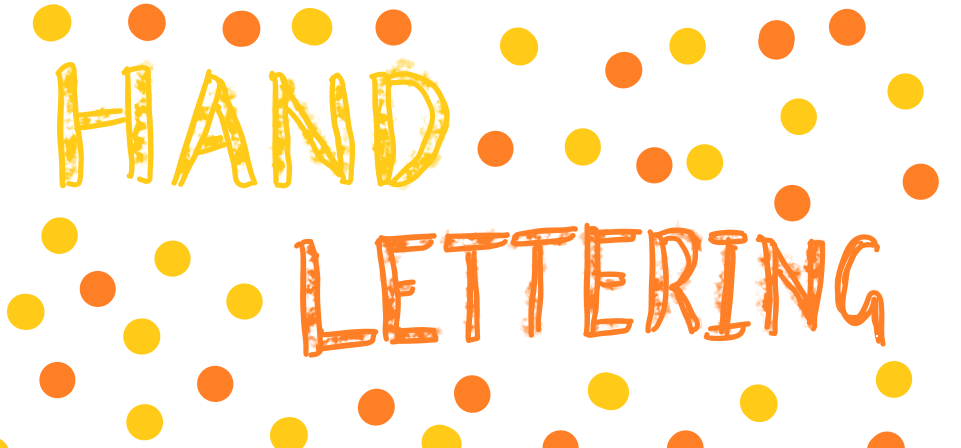
Wall décors with quotes are generally made by hand-letterers. Even if hand-letterers follow structure to have an aesthetic appeal, there are no rules set in stone. The sky is then your limit!
Tools used for Hand-lettering
Any tool used to draw can be in hand-lettering. It is a beginner’s paradise as a simple pen and paper can set you off on this journey. The scope to improve is immense.
Technique
- Outline the shape of alphabets.
- Use different colours and designs to fill the inside of the alphabet.
- The size, shape, and angles are all determined by your creativity.
- Customize it however you want.
- Therefore, this technique has immense scope for variations.
Faux calligraphy: You can also use hand-lettering to mimic calligraphy. Remember to make the downward strokes thick and the upwards one thin.
The use of letters to make eye-catching pieces with a machine falls under

A typographer makes use of letters. Type designers design these letters. Typographers work with different styles of letters. The size, shape, and spacing between alphabets play an important role in typography.
Most importantly, we need to know the difference between typefaces and fonts.
- Typeface– It is the MAIN form of lettering (letter design) under which there can be varieties.
- Font– Fonts are the varieties under Typeface. These varieties can have different angles and/or weights.
For example, Bahnscrift a the typeface and Bahnscrift condensed is the font.
Learning about typeface leads us to…
Text type and Display type
The paragraphs you see in magazines, newspapers, and articles all fall under text type. It helps in writing the bulk text of these articles.
Display type fonts are used for small sentences and titles for emphasis.
Calligraphy and Hand-lettering techniques are also used to make letterforms. These handmade letterforms are imported into the computer software, edited, and kept in the computer system.
There is plenty of software available to do this job.
Conclusion
To sum up, we tend to use the same word for actions having different outcomes. There is nothing wrong with mixing up terms occasionally. However, learning about their correct meanings will make it easier to have a common ground for artists. The communication will be smooth and ideas will be easier to understand.
To improve your skills, you need to practice. Check out works by prominent artists in these fields. It will fill up your cup of inspiration. Read in-depth articles about basic techniques to have a better start.
To become a seasoned calligrapher, hand-letterer, or Typographer practice works wonders with proper guidance. The Podium school has one-to-one classes for calligraphy for this very purpose.
Check out our blogs about calligraphy and other creative fields for some great tips.
Share with your friends
